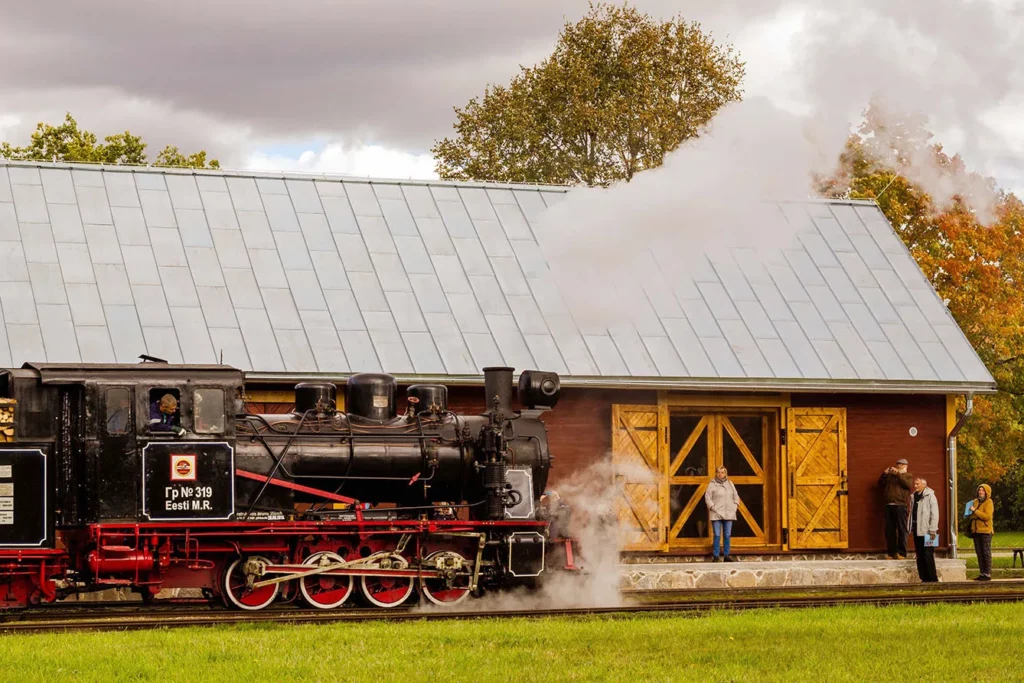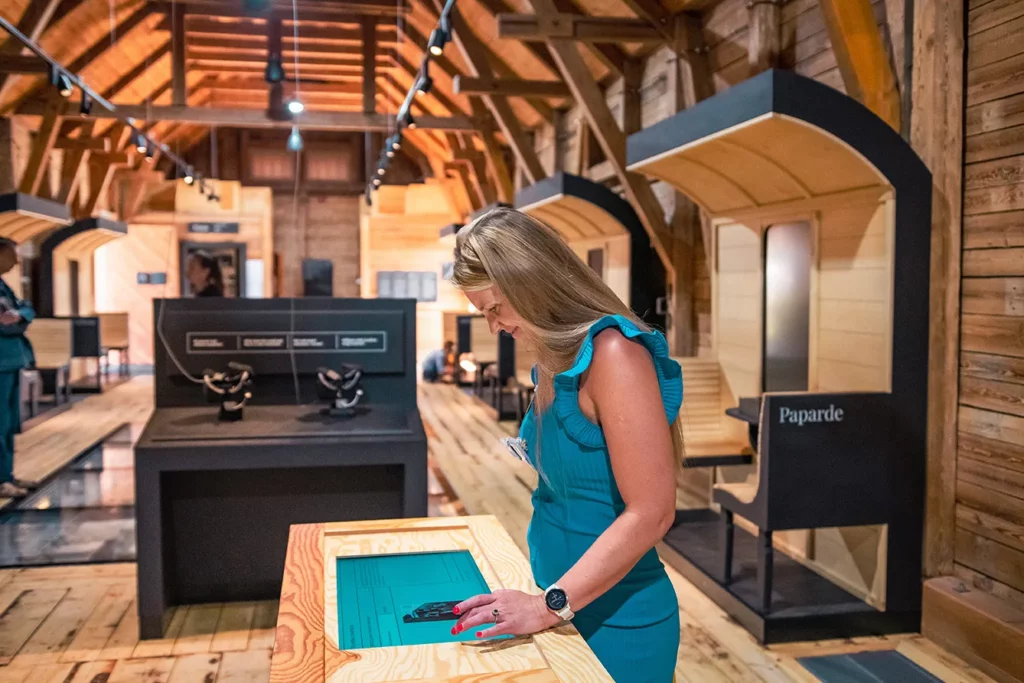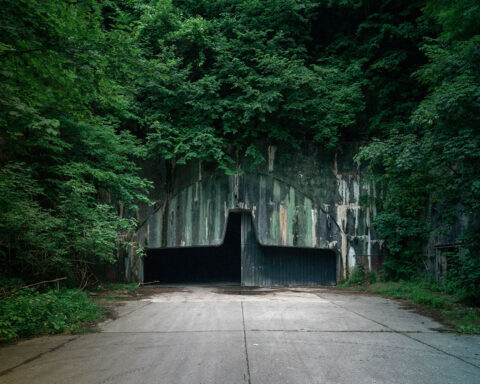One extraordinary train line in Latvia is more than just a means to get passengers from point A to point B. The narrow-gauge railway is a living example of our ancestors’ engineering accomplishments and the only such railroad in the Baltics to continue running regular services, and not just as a streamlined experience for tourists. The train, named Bānītis, chugs along a 33-kilometer-long stretch between the towns of Gulbene and Alūksne, having survived many tumultuous periods in time. The width between its rails is just 750 millimeters.
This is the last remaining section of a line that once spanned 210 kilometers and has been fully operational since 1903. In 1998, the railway became a listed historical monument. Today, passengers hop on and off at ten stations, though five are request stops only. Most days, a diesel engine performs the two daily services, but on certain Saturdays announced in advance, the crew dusts off the famous steam locomotive. This has even appeared on the acclaimed British TV show, Extreme Railway Journeys, presented by Chris Tarrant.



Alūksne Station – a destination in itself
At one end of the line, in Alūksne, the station building now houses a museum dedicated to the Bānītis. Harnessing the powers of storytelling and modern technology, it reveals the history of the narrow-gauge railway through the eyes of the locals who worked for it and have enjoyed its services. Also on station grounds is Tvaiks x Ogle (Steam x Coal), a trendy burger joint, making for a well-rounded visitor experience. Nearby, the boutique Bahnhofs Hotel occupies the only Art Nouveau building in Alūksne. Built in the early 1900s, it served as a hotel before being used as an army barracks, a school, a dairy, and offices until finally becoming a place to stay again.
In Gulbene, at the other end of the line, the station now houses the Dzelzceļš un tvaiks (Railway and Steam) science center. Its collection of 30 interactive exhibits and historical artifacts shed light on the development of railways to this day and the possible routes it could take in the future. Visitors can even try their hand at driving a train. Outside, riding the rail trolley is a thrilling experience.
After all the excitement, the nearby guest house, Depo, provides accommodation on the premises of the old depot. Better yet, the most adventurous souls can spend the night in a historical train carriage that once served the Estonian Communist Party’s leaders.
Plenty of reasons to take a ride
While most tourists may take the train from one end to the other, time permitting, Stāmeriene is another station worth stopping at. The town is home to the stunning 19th-century Stāmeriena Castle. While other stations may not have major landmarks on their doorsteps, they can serve as gateways to the invigorating Latvian outdoors and smaller, rural attractions and guest houses.
For those traveling in late summer, September sees the annual Bānīša svētki – a festival held in honor of the railway. Attendees gather on board and at stations for a program of live music, foodie events, workshops, and markets. Have a fun ride!







